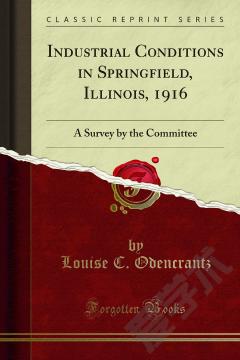Studies in the Minimmum Wage —— The Establishment of Minimum Rates, in the Chain-Making Industry Under, the Trade Boards Act of 1909
----- Minimmum工资研究
February 13th, 1891, and March 1oth, 1909, to bargaining between workers and employers. But at the present time the tide seems to be turning. To the first four industries scheduled by the Trade Boards Act in 1909, four more were added in 1913. The Trade Boards Act, which was itself influenced by the-example of Victoria, has been followed by the Miners (minimum Wage) Act of 1912, and is already being imitated by other countries. In France, Germany and Belgium, bills have been introduced to fix minimum rates of payment for special classes of workers, and Germany has actually passed an Act setting up Trade Committees of a kind somewhat similar to the English Trade Boards, which touch the borderland of wage-regulation, though they have not as yet power to fix minimum rates which Shall be obligatory. In America minimum wage Acts of one kind or another have been passed in nine states, Massachusetts, California, Colorado, Minnesota, Oregon, Utah, Washington, Nebraska and Wisconsin; and bills dealing with the same subject have been introduced in three other states, Missouri, Pennsylvania and Ohio. Nearly all these Acts and proposals have certain grave defects. German and Belgian reformers seem to be under the ancient delusion that home workers need a minimum wage more than workers In factories; French and American — in common with some English — reformers, that women need protection in the matter of wages more than men; while the Act of Massachusetts, with its pathetic appeal to public opinion as a substitute for legal penalties, is regarded by its own promoters as a very inadequate measure. But as an indication of a movement of opinion they are as significant as were the ill-drafted, ill-administered Factory Acts of the early nineteenth century.
{{comment.content}}








 京公网安备 11010802027623号
京公网安备 11010802027623号